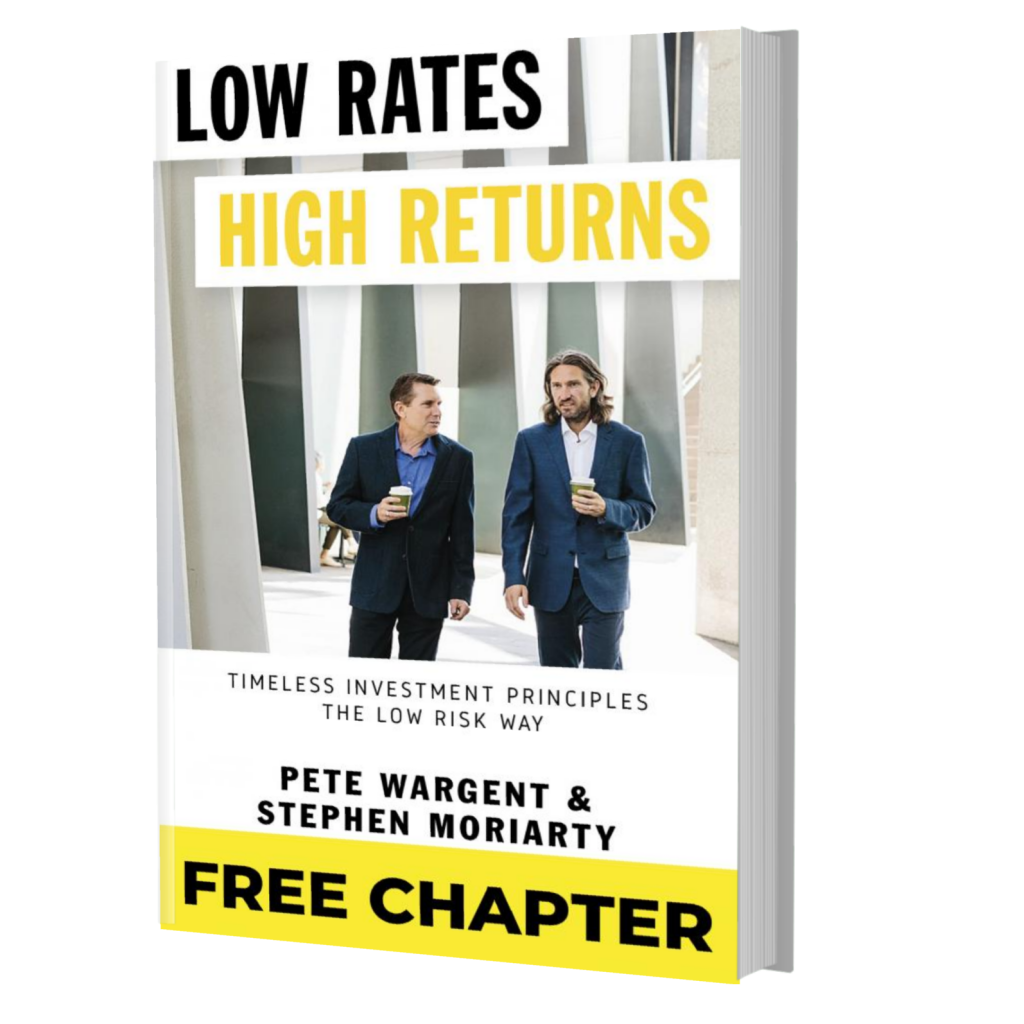Artificial intervention
In 1969 engineers decided that since there had been apparent rockfalls and erosion at Niagara Falls human intervention may be required to remove huge boulders at the base of the falls.
At colossal effort and expense some 28,000 tons of rock were used to build a cofferdam to shut off the American falls, while experts decided whether the boulders were a problem to be dealt with, or whether they were in fact supporting the rockface (spoiler: it was the latter).
Over five long months it was ultimately decided that removing the boulders would create an artificial look to the falls, and in any case would be costly and dangerous, so the falls were brought back to life carefully and gradually, to avoid a burst of water endangering the workmen.

Unintended consequences
The draining of Niagara was a fascinating if largely fruitless spectacle.
The tourism season of 1969 having initially been destroyed, inquisitive visitors returned in their droves to wander in curiosity around the dangerous and dry riverbed, gleefully collecting the coins representing the wishes of yesteryear as police battled in vain to keep the area clear and safe.
Haunted engineers discovered the gruesome remains of dead bodies at the base of the falls, but at least some remedial work was successfully carried out on the rockface.
However, the sheer weight of debris from the water diverted to the nearby Bridal Veil falls saw the formation of a couple of dozen gaping cracks and led to the subsequent closure of Luna Island in 1970.
As is the way of these things, the inevitable investigative commission dragged on from 1973 to 1975 before concluding that while it was technically feasible to remove the talus it neither desirable nor beneficial to do so, and it was decided that a statistically minor risk of erratic rockfall movement should be allowed to remain rather than undertaking yet further meddling.
Successfully diverting the flows
While regulators were split on the benefits or otherwise of macroprudential measures and making wholesale changes to lending regulations to manage credit flows, in 2017 Australia had an emerging systemic risk in the form of interest-only mortgages, which accounted for close to 40 per cent of residential loan books by value at the peak of the frenzy.
Australia’s prudential regulator stepped in and made a stunningly impactful intervention to the extent that the value of interest-only mortgages outstanding plunged by more than half from around $580 billion to about $260 billion today.

By the end of 2020 interest-only loans will account for a benign 15 per cent of residential loan books by value, while lately households have used lower mortgage rates to pay down (or fully pay off) mortgages.
Government stimulus measures and early superannuation release payments have also been funnelled into accelerated mortgage repayments and offset accounts, reducing household debt ratios over the past 18 months while considerably increasing buffers (bulging offset accounts are seldom accounted for at all in the so-termed international ‘analysis’ of Australia).
Confidence in policy
Credit growth in the Australian economy has collapsed to just 1.7 per cent this year to flounder at the weakest level in a decade since the wash-up from the global financial crisis.
Yet with the housing market having bottomed out a mere six weeks ago, and with mortgage interest serviceability now at the most comfortable levels since at least 2002, the first media articles are already surfacing with commentators demanding that the flow of housing credit be tightened again.
This is a nonsensical overreaction, since the systemic risks have clearly declined since 2017, while constant tinkering with lending regulations makes it impossible for confident investment decisions to be made in good faith by borrowers, lenders, developers, and other market participants.
Both investment lending and the pipeline of new high-density unit developments have dried up dramatically over recent years, so unless there’s definitive evidence of a pro-cyclical deterioration in lending standards macroprudential policy should be set-and-forget.
Applying macroprudential policies as an independent arm of stabilisation policy merely complicates the task, and accountability, of the Reserve Bank.
We’ve already seen sluggish wages growth and inflation running under target for half a decade alongside an arguably unnecessary output gap; the last thing we need is to artificially engineer another slowdown, paving the inevitable pathway towards a moribund economy for the next half decade.






